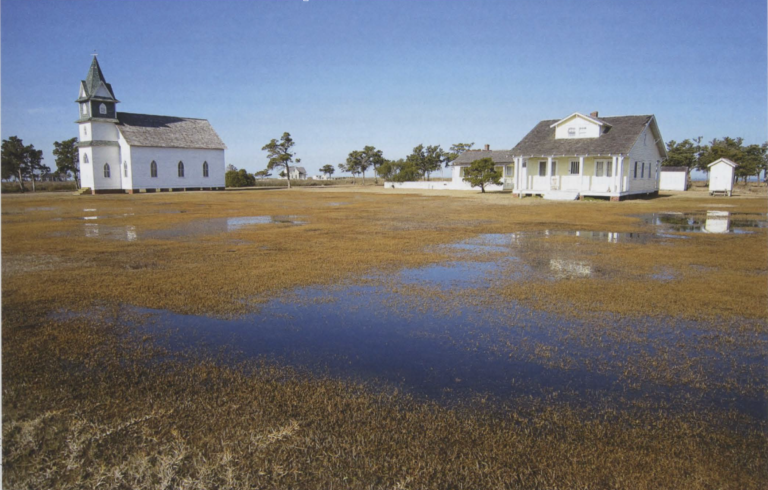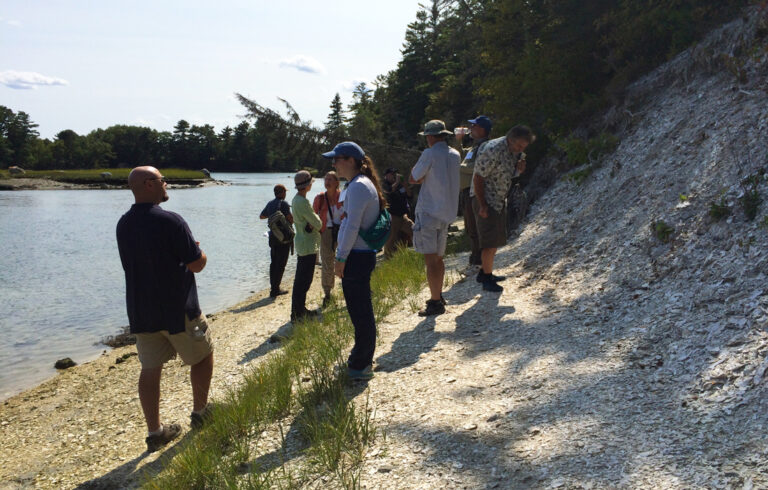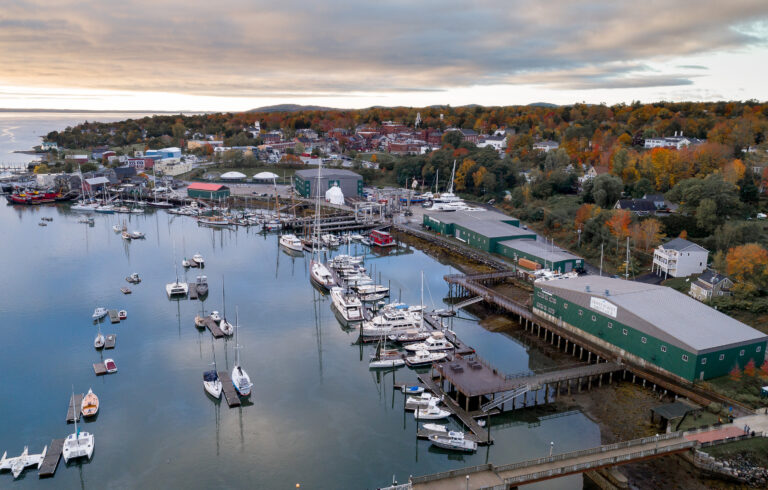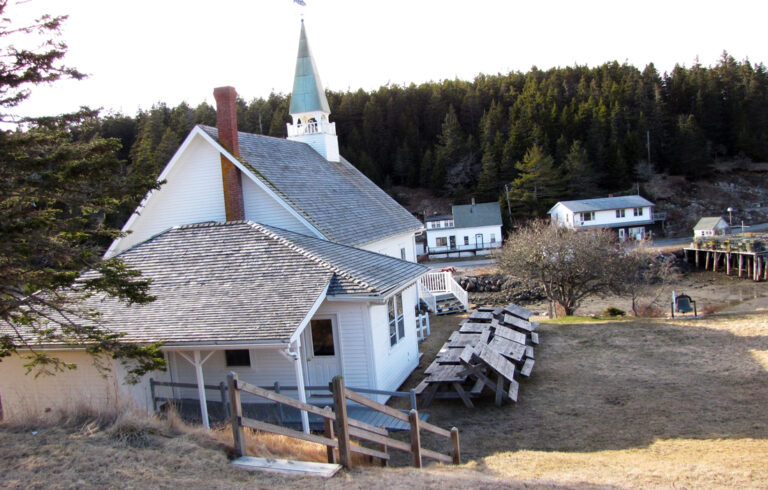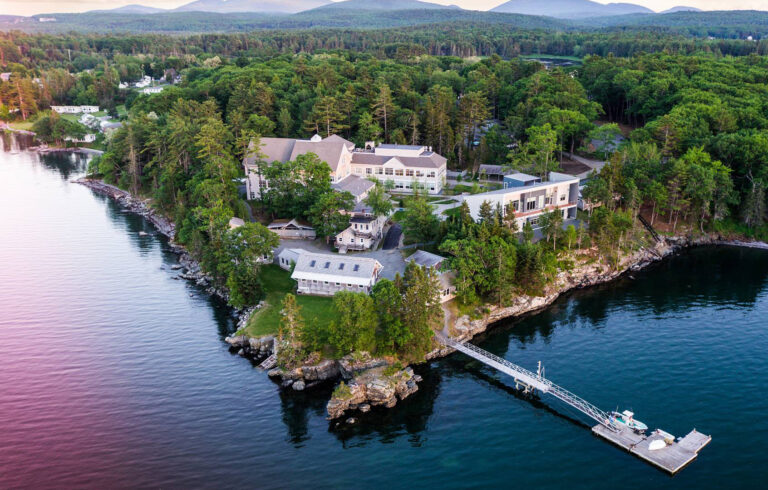Island Journal
Salvage and Regeneration: Stories of adaptation and loss from two barrier islands
David Thomas, a fisherman from Little Cranberry Island and I are heading to Portsmouth Island, one of North Carolina’s Outer Banks, skimming across the top of the water at 15 knots in a flat-bottom boat.
We bear northwest out of “the creek” on Ocracoke Island with Rudy Austin at the helm. He is assured and relaxed, much as his father Junius would have been in the 1950s and ’60s, when he ran people across to the Portsmouth hunting and fishing club. It is a quick crossing, 20 minutes or so.
Through the crisp winter air we pass duck-hunting blinds, family-managed pound nets, and, on Casey Island, just off of Portsmouth, we pass a camp for fishermen who are “hiding from the wife” as Rudy puts it, laughing as if speaking from experience. We cross Ocracoke Inlet, with Pamlico Sound to starboard. Beneath us the shoal waters shift with the tides, while on the horizon a place frozen in time comes into view. SEE MORE

